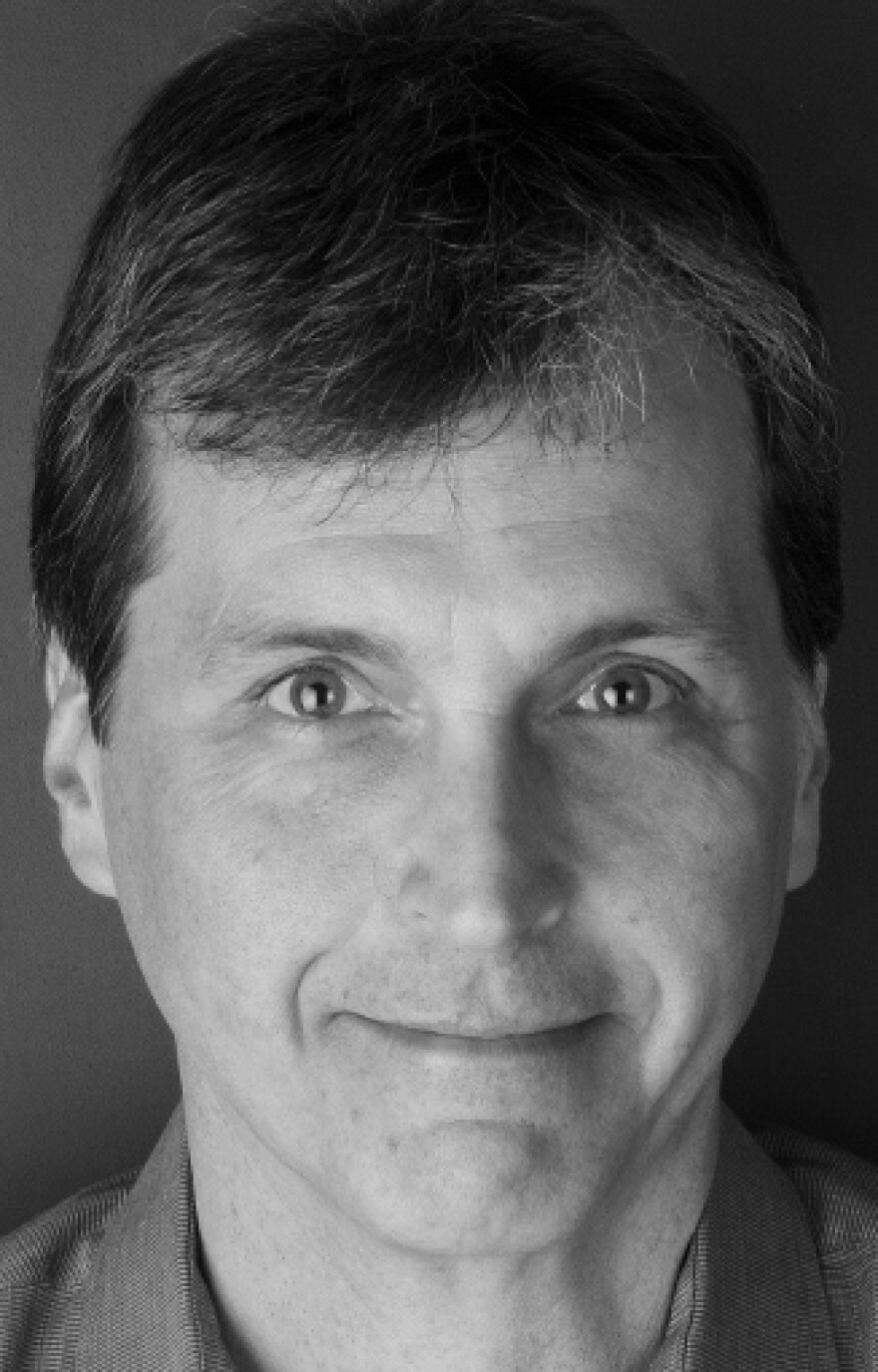Cincinnati’s first radio station celebrates its 94th birthday today in the midst of a fight with the federal government for WLW-AM to keep its nighttime 50,000-watt power reaching 38 states.
On this date in TV Kiese history, March 2, 1922, Cincinnati industrialist Powell Crosley Jr. started what would become known as the “Nation’s Station.” It has operated on 50,000 watts around the clock since 1943, when the government ended its 500,000-watt “super power” experiment.
But some day you no longer will be able to listen to the “Big One” and Reds games on radio while in Florida, New York, Chicago or Atlanta (as I have), if the Federal Communications Commission gets its way.

The FCC wants to cut “The Big One” down to size by removing the protection for 50,000-watt “Class A” AM stations. The FCC plans to “revitalize AM radio” by not making smaller stations reduce their power at sunset, which would increase the interference for the clear channel stations.
WLW-AM, owned by iHeartMedia (formerly called Clear Channel), has started an online petition campaign “to save 700WLW’s nighttime service.”
Radio industry analyst Tom Taylor sized up the fight this way in his “Tom Taylor Now” daily radio management newsletter Monday:
"There’s a battle here between the nighttime blasters and some other AM operators. No surprise that iHeart is out-front. It owns at least 17 of these stations, and it’s been lobbying the FCC not to loosen the rules. In last October’s AM Revitalization Notice of Proposed Rulemaking, the FCC noted that ‘opposition... to improve the lot of most AMs comes chiefly from iHeartMedia.’ That protectionist stance dates back to the early 1970s, when Lowry Mays co-founded Clear Channel. See if you agree with this statement: iHeart justifies its opposition on the grounds that big Class A’s ‘are among the only AM stations that garner substantial listenership,’ as the FCC puts it. Read the Commission’s Notice of Proposed Rulemaking here.”
WLW-AM has launched a “Save AM Radio” petition saying the FCC changes “will make it very difficult for many of our listeners to receive our programming, especially at night and during morning and evening drive times….
“700WLW is specially authorized and equipped to reach our listeners in farther out and remote areas during the hours before sunrise and after sunset and throughout the night, offering listeners programming they might not otherwise receive,” including the Reds, Bengals, “SportsTalk,” UC and Xavier basketball and Steve Sommers’ overnight “America’s Truckin’ Network.

Darryl Parks, former WLW-AM program director, on his blog blames the FCC for cramming too many stations on the AM dial, and then ignoring the problem for years.
“Today, additional interference from modern lighting, computers, smart phones and other things, creates an interference-filled AM broadcast band. If listeners want the ‘limited programming’ available on AM, like conservative talk shows, sports, religion and brokered programming, they can find a better and more convenient way to hear it, like streaming over an iPhone.”
Parks also criticizes a FCC proposal to fix the AM dial by letting AM stations simulcast on FM translators, therefore cluttering the FM dial. “That won’t help AM radio because the translators are on FM!” he writes.
“Revitalizing the AM band by allowing licensees a low powered FM translator frequency is not “revitalization.” It’s a white flag surrender, with the FCC and broadcast industry giving up on the AM radio. And could that be the ultimate goal? Freeing up the valuable AM (broadcast) spectrum space to be auctioned off for other uses, like wireless data?” he writes.
The FCC is accepting comments on the proposed change through March 21, according to the Albany (NY) Times Union.




